在本指南中,您將學習如何設置Arduino霍爾效應傳感器,特別是US1881,以檢測磁場。這對于需要查找電機的轉速或機器中其他運動的項目非常有用。
所需零件
Arduino的UNO
US1881霍爾效應傳感器
10kΩ電阻
4.7nF電容
面包板和跳線
原理圖
將US1881霍爾效應傳感器的VDD引腳連接到Arduino上的5V,將GND引腳連接到GND。
該傳感器使用漏極開路輸出,這意味著您需要一個上拉電阻至5V,以便從中讀取任何值。電阻器的值并不重要。1k到100k就可以正常工作了。
輸出兩端的電容可穩定輸出,但可以跳過。
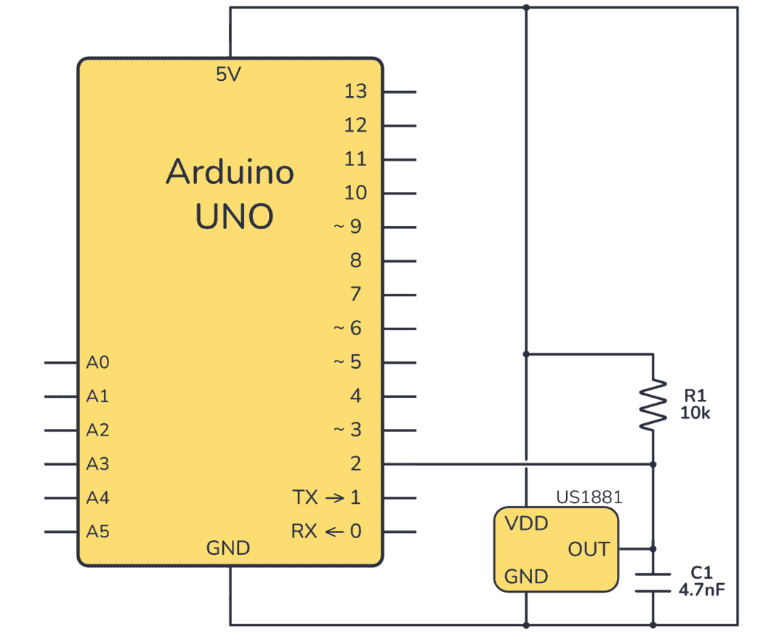
下面是如何將此電路連接到試驗板的示例:
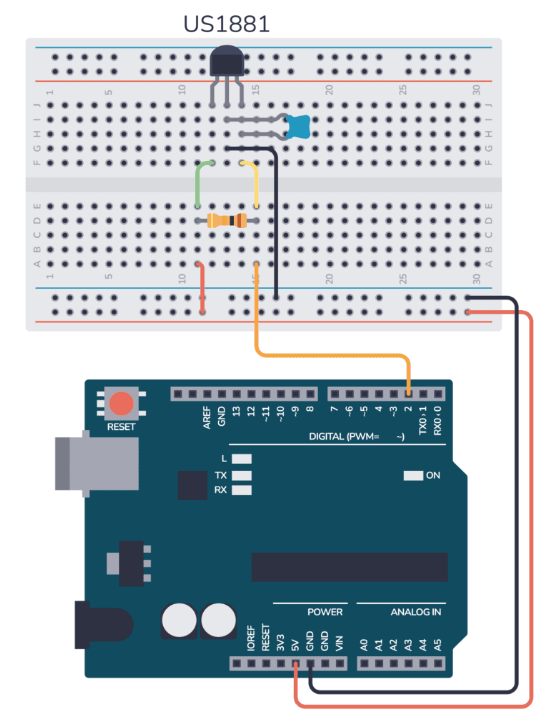
Arduino霍爾效應傳感器測試代碼
要測試霍爾效應傳感器,您需要讀取輸出引腳,該引腳連接到Arduino數字引腳2。所以基本上你只需要代碼級地讀出值hallSensorState=digitalRead(D2);
下面是用于測試傳感器的完整代碼:
const int hallSensorPin = 2; // Hall Effect sensor connected to digital pin 2
int hallSensorState; // Variable to store the state of the sensor
void setup() {
Serial.begin(9600); // Start serial communication at 9600 baud
pinMode(hallSensorPin, INPUT); // Set the Hall Effect sensor pin as an INPUT
}
void loop() {
hallSensorState = digitalRead(hallSensorPin); // Read the state of the sensor
// Check if the sensor is detecting a magnetic field
if (hallSensorState == HIGH) {
Serial.println("Magnetic field detected!"); // If yes, print this message
} else {
Serial.println("No magnetic field detected."); // If no, print this message
}
delay(1000); // Wait for 1 second before the next read
}
分步說明
如上面的試驗板布局和原理圖所示組裝電路。
使用USB數據線將Arduino連接到您的計算機。
打開ArduinoIDE并將示例代碼復制到新草圖中。
將草圖上傳到Arduino板。
打開串行監視器以查看輸出消息。當磁鐵靠近傳感器時,您應該會看到“檢測到磁場!”,如果沒有,您應該會看到“未檢測到磁場”。
確保所有連接都是安全的,并與原理圖相匹配。
如果傳感器始終顯示“HIGH”,請檢查附近是否有任何磁源,包括面包板電源軌內的磁鐵。
如果傳感器未檢測到磁場,請確保磁鐵離傳感器足夠近。
結論
現在您知道如何在Arduino中使用霍爾效應傳感器檢測磁場。此設置可用作磁性門傳感器,用于RPM計數,或用于任何需要磁場檢測的項目。
審核編輯:陳陳
-
Arduino
+關注
關注
188文章
6477瀏覽量
187813 -
霍爾效應傳感器
+關注
關注
1文章
249瀏覽量
15628
發布評論請先 登錄
相關推薦
霍爾效應傳感器設計的技巧





 如何設置Arduino霍爾效應傳感器
如何設置Arduino霍爾效應傳感器
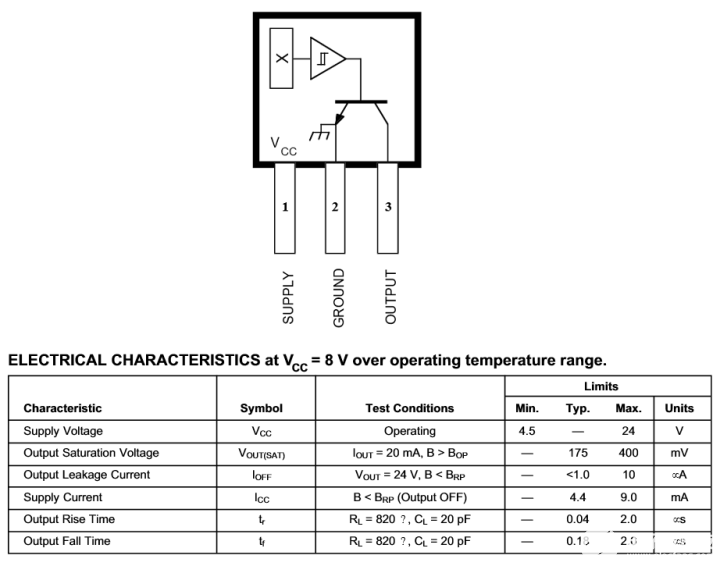
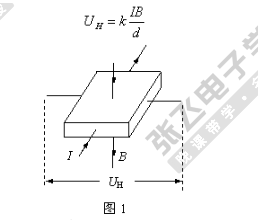
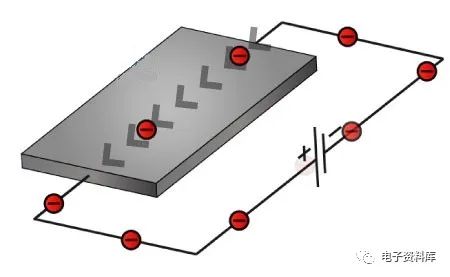
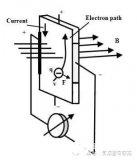










評論